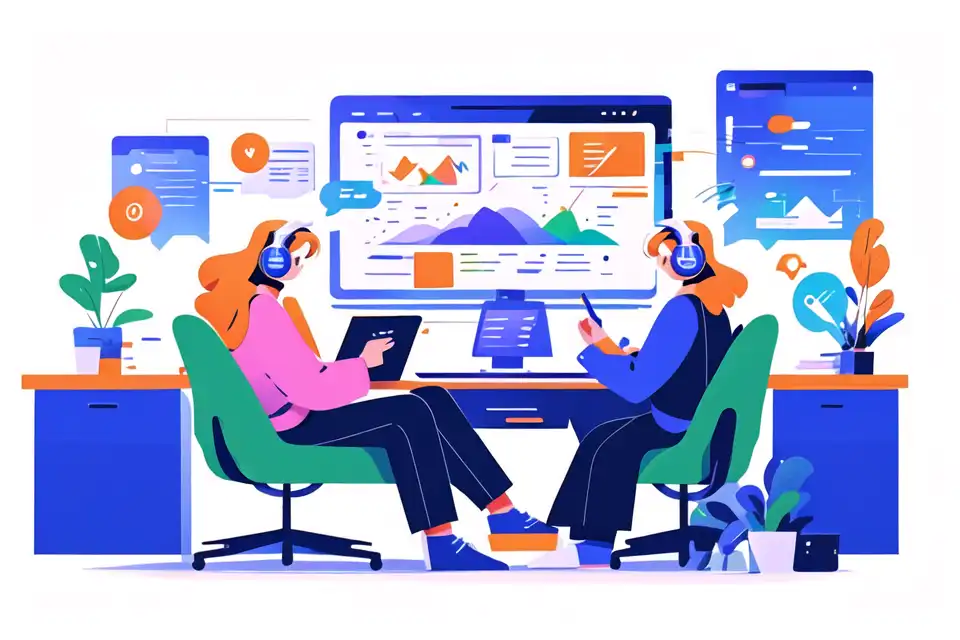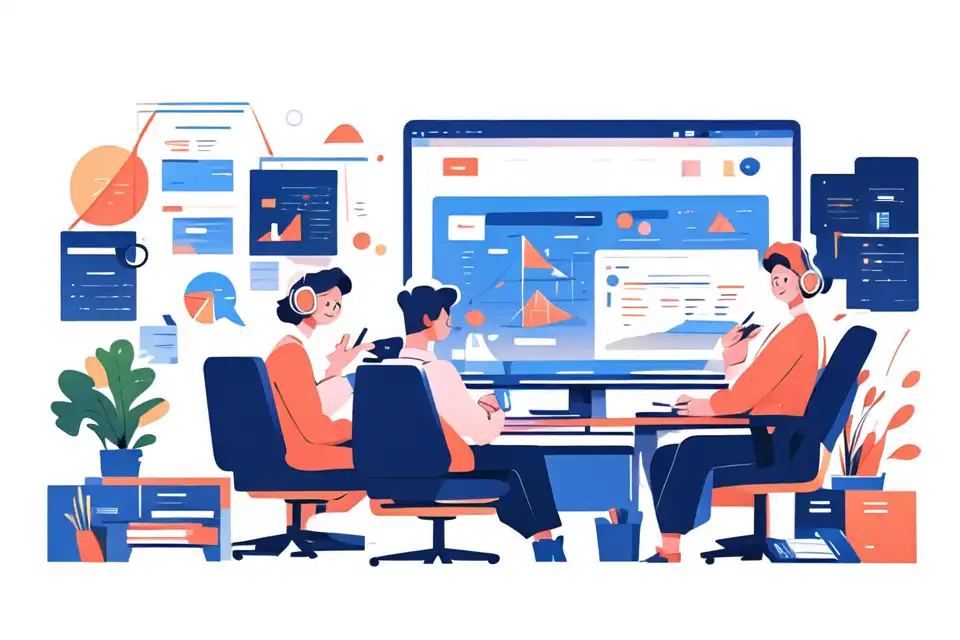Competency-Based Education Tools
Learn about the top tips and strategies in competency-based education tools
Try Lark for Free
Overview of Competency-Based Education Tools in the Educational Context
Competency-based education tools are digital platforms and applications designed to facilitate teaching and learning based on mastery of specific skills or competencies. Unlike traditional learning methods, which often focus on rote memorization, competency-based tools prioritize the demonstration of learned skills, allowing for a more personal and practical educational experience.
Importance of Competency-Based Education Tools in Modern Learning Environments
With the rapid evolution of job markets and the increasing demand for specialized skill sets, competency-based education tools have become a critical element in modern learning environments. These tools enable educators to deliver tailored learning experiences that align with industry needs, thereby equipping students with relevant skills for the future.
Interesting Trends and Statistics on Competency-Based Education Tools
According to a study published by Educause, about 54% of higher education institutions in the U.S. either have or are building competency-based education programs, indicating the growing acceptance of this approach in the educational landscape.
Unlock the power of Lark to elevate your business operations. Discover actionable strategies and best practices in our comprehensive guide.
The numerous benefits of competency-based education tools
Enhancing Teaching and Learning Through Competency-Based Tools
Competency-based tools allow educators to track student progress in real-time, providing actionable insights that can enhance teaching strategies. Moreover, these tools support a personalized learning experience, enabling students to learn at their own pace and deepen their understanding of various competencies.
The Significant Impact on Student Engagement and Outcomes
Among the many benefits of competency-based education tools, perhaps the most profound is their impact on student engagement and outcomes. By allowing students to focus on mastering skills rather than just passing exams, these tools foster a deeper level of engagement, leading to improved learning outcomes.
Learn more about Lark can help you with everything mentioned so far in the article.
Successful implementation of competency-based education tools in education
Steps to Integrate Competency-Based Tools into the Classroom or Curriculum
Successfully integrating competency-based tools into the classroom involves several steps. This includes carefully selecting the right tools, aligning them with curriculum goals, training staff and students on how to use the tools, and continuously evaluating and adjusting the use of these tools.
Essential Tools and Resources for Competency-Based Education
Certain platforms stand out when it comes to providing competency-based education. One such platform is Lark, a comprehensive suite of tools that includes features like real-time collaboration, seamless communication, and intuitive project management, making it an ideal resource for competency-based education.
Detailed examples of competency-based education tools in action
Example 1: real-world success with competency-based tools in elementary education
Example 1: real-world success with competency-based tools in elementary education
Let’s take the case of an elementary school that adopted Lark as a competency-based tool. Teachers could assign tasks to students, track their progress in real-time, and provide feedback instantly. This level of interaction and engagement led to significant improvements in student performance and learning outcomes.
Example 2: transforming higher education through competency-based learning platforms
Example 2: transforming higher education through competency-based learning platforms
In the realm of higher education, Lark's competency-based learning platform has been a game-changer. University professors have used the platform to provide personalized learning experiences, closely monitor student progress, and adjust teaching strategies based on real-time data, leading to a significant increase in student success rates.
Example 3: corporate training revolutionized with competency-based education tools
Example 3: corporate training revolutionized with competency-based education tools
In the corporate world, Lark is revolutionizing training programs by facilitating competency-based learning. Companies can customize training modules to align with specific job roles and monitor employee progress, leading to more effective training and better job performance.
Related:
Education Solution | LarkLearn more about Lark can help you with everything mentioned so far in the article.
Common challenges and effective solutions in adopting competency-based education tools
Potential Obstacles When Adopting Competency-Based Tools
Transitioning to competency-based education tools can present a few obstacles. These include a lack of understanding about these tools, resistance to change from traditional methods, and the need for training and support for staff and students.
Proven Strategies to Overcome These Challenges
To overcome these challenges, it's crucial to provide adequate training for educators and students alike, foster a culture of openness to change, and ensure ongoing support and resources for the successful use of these tools.
Learn more about Lark can help you with everything mentioned so far in the article.
Do's and don'ts when using competency-based education tools
| Do's | Don'ts |
|---|---|
| Do understand your educational needs before choosing a tool | Don't ignore the training needs of staff and students |
| Do continuously evaluate and adjust your use of the tools | Don't expect instant success without effort and patience |
The future of competency-based education tools in education
Emerging Trends Related to Competency-Based Education Tools
As technology continues to evolve, we can expect to see even more innovative competency-based education tools. These may include AI-powered tools that can customize learning experiences to an even greater extent, or VR-based tools that allow students to practice their skills in virtual environments.
Predictions for How Competency-Based Education Tools Will Shape Education
With the increasing acceptance and adoption of these tools in educational institutions, it's clear that competency-based education is shaping the future of education. We can predict a shift towards more personalized, skill-based learning experiences that better prepare students for the real world.
Learn more about Lark can help you with everything mentioned so far in the article.
Conclusion: embracing the future with competency-based education tools
The power of competency-based education tools in shaping future learning environments is undeniable. As we move towards a more skill-focused educational landscape, these tools will continue to play an invaluable role. By embracing these tools, we can prepare our students for the future, equipping them with the skills they need to thrive in an ever-evolving world.
Unlock the power of Lark to elevate your business operations. Discover actionable strategies and best practices in our comprehensive guide.








